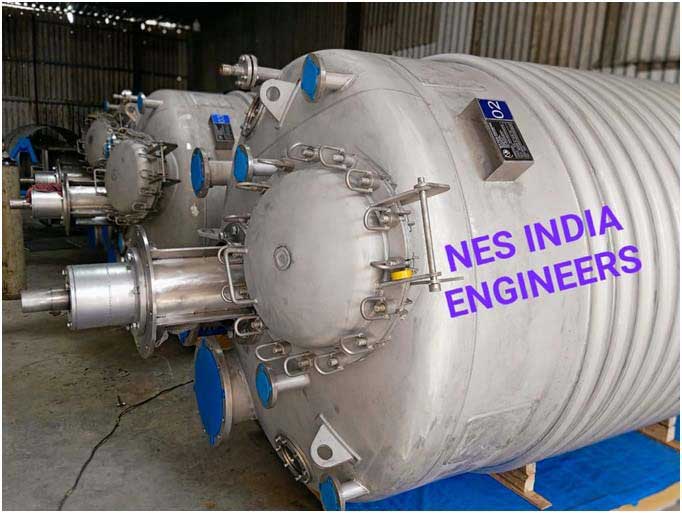
Nes India Engineers are the most leading Manufacturers, Suppliers, Exporters of Chemical Limpeted Reactor in India. Nes India Engineers is a manufacturer of Chemical Limpeted Reactor in India. Nes India Engineers is a leading manufacturer, supplier and exporter of Chemical Limpeted Reactor to the global market. We are providing best quality products at affordable prices. We Chemical Limpeted Reactor exporters in India are dedicated to provide the best services and professional support to our clients.
We have been serving clients in various parts of India since 2004 with our expertise and experience gained through long term business relationships with our customers. We Chemical Limpeted Reactor manufacturers in India are committed to provide our clients with the cost effective Chemical Limpeted Reactor solutions at affordable prices.
We Chemical Limpeted Reactor suppliers in India provide a wide range of products to meet the requirement of our customers at reasonable prices. Our team consists of experts who have been working in this field for more than 18 years with a focus on quality and customer satisfaction.
A chemical limpeted reactor is a type of nuclear reactor in which the core is surrounded by an explosive capsule or shell that acts as a neutron protector. The primary function of the reactor is to produce energy from fission of uranium-235 inside the core.
The primary safety feature of a nuclear reactor is its ability to withstand the intense heat and pressure generated during a nuclear fission reaction. The nuclear fuel cycle uses highly enriched uranium (U-235) to create electricity, but this process can be dangerous if not managed properly.
When it comes to safety, there are three main types:
A chemical limpeted reactor is a type of nuclear reactor where the core is separated into two parts. The core can be separated in two ways:
The chemical limpeted reactor is a type of nuclear reactor that uses the reaction of neutron-rich materials in the core to produce heat. The reaction is triggered by a neutron, which can be produced in the core by either natural or artificial radioactive decay.
The neutron then heats up the core, triggering nuclear fission which releases energy and neutrons (which are highly dangerous) into the containment vessel.